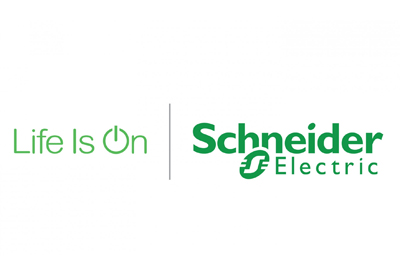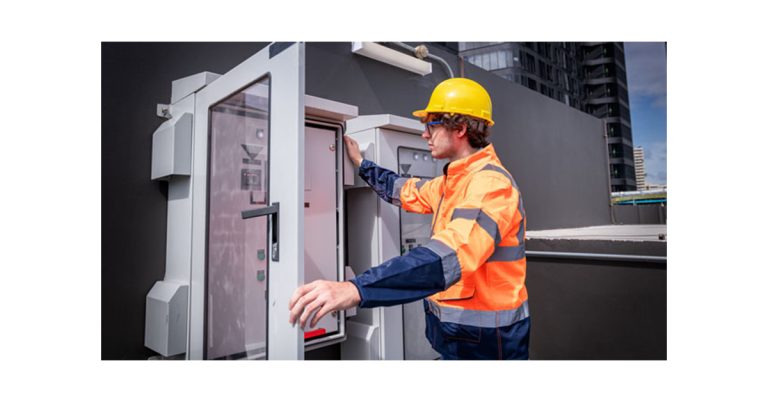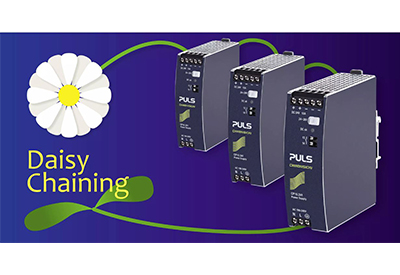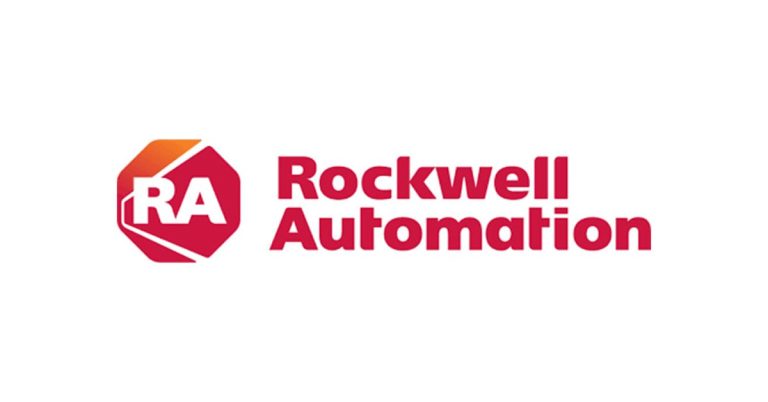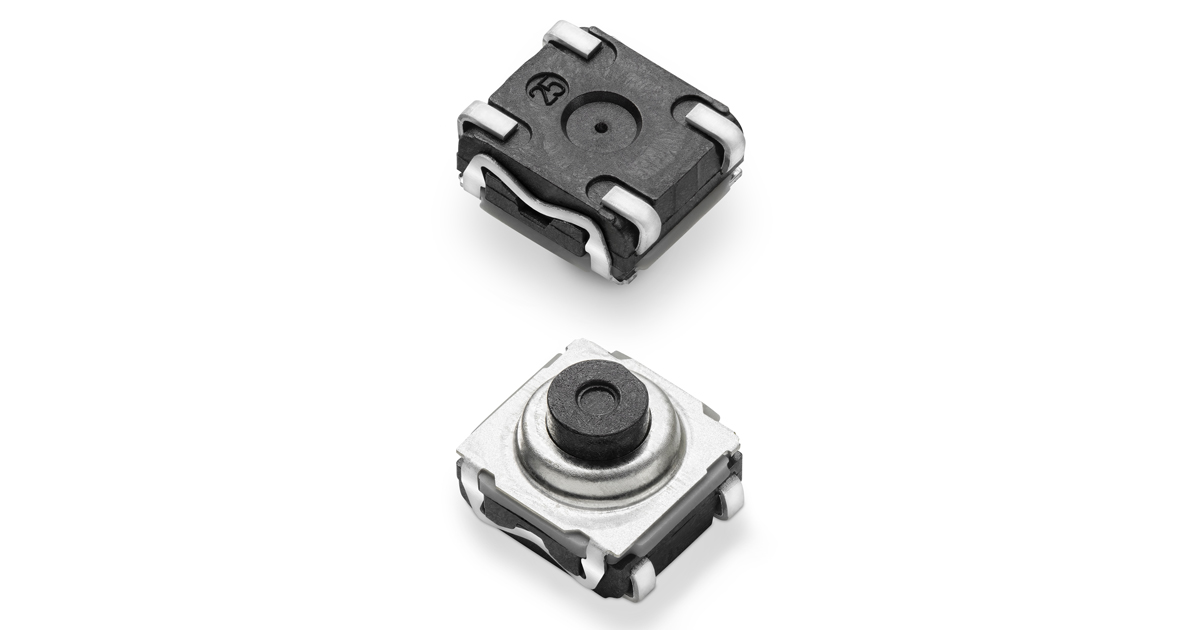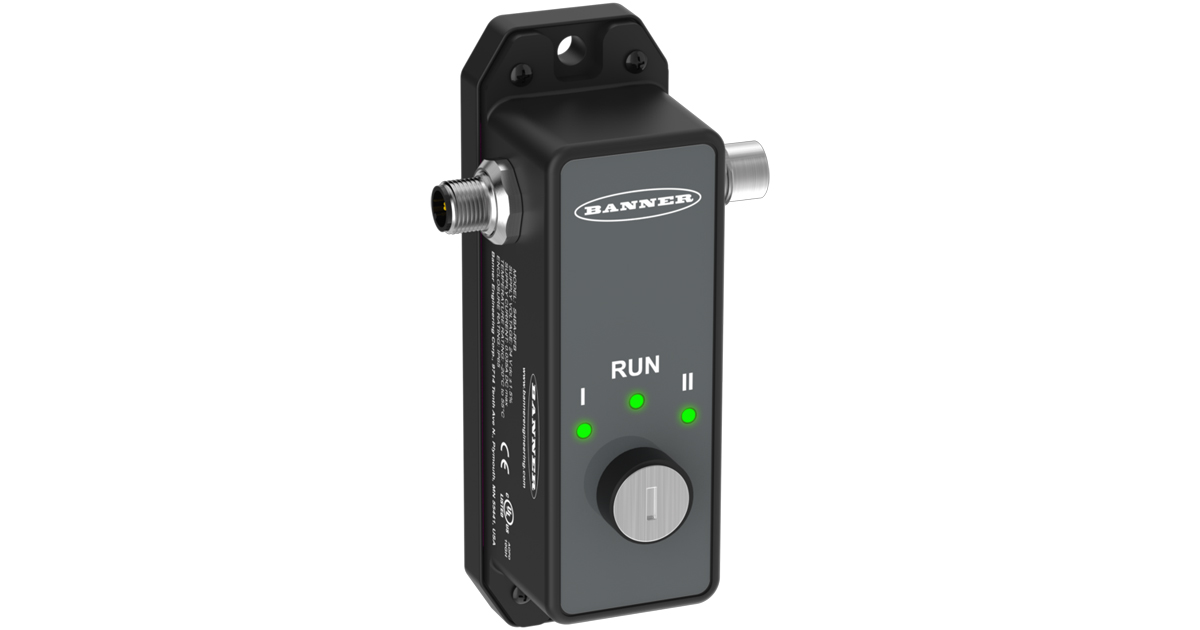5 Potential Levels of Automation for the Autonomous Mine of the Future
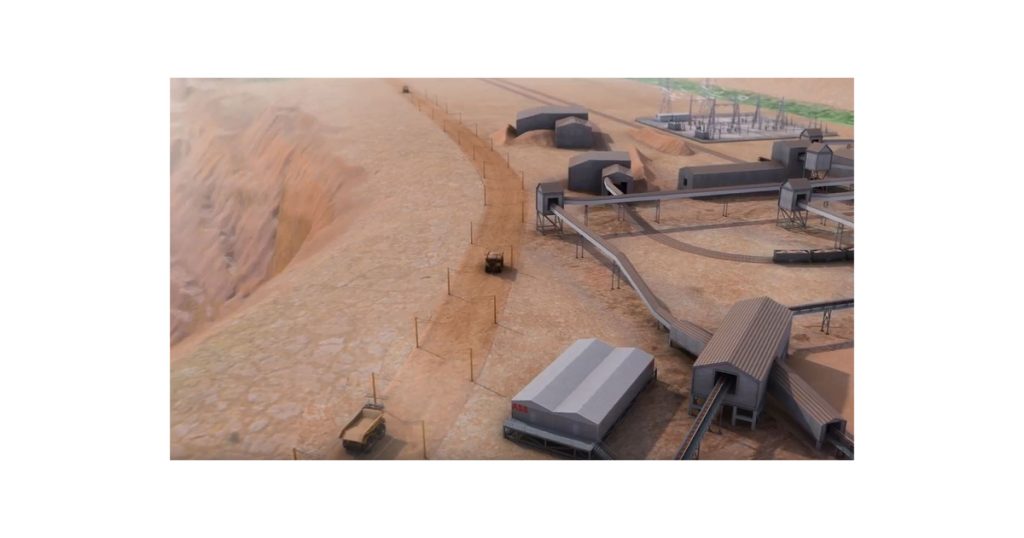
July 22, 2024
ABB is already participating in implementation of autonomous systems projects in mining, outlining the levels of automation from those that are currently present in industry, to those that are feasible moving forward.
Digitalisation and automation are set to be the defining mining industry trends of the 21st century. Innovations in artificial intelligence (AI), machine learning and the industrial internet of things (IoT) all have the potential to save the sector an estimated $373 billion by 2025 by automating machinery operation, facilitating predictive maintenance, improving traceability, harnessing the power of real-time data and analytics, and providing visibility across the mine-to-market value chain.
“Autonomous systems” is a term that is frequently used (and often misused) to describe systems that – without manual intervention – can change their behavior in response to unanticipated events during operation. Conventional automation systems enable low-level processes to run without human intervention under normal conditions. Human decisions are still required for more complex tasks. Making automation systems more autonomous is about progressively handing over more and more of these tasks to the system.
Levels of autonomy in mining
In order to define objectives in the transition to autonomous systems, it is important to establish a taxonomy so that automation providers and customers can define where they are and where they want to be in the short, medium and long-term. This article proposes a taxonomy of autonomy with six levels, inspired by definitions from the automotive industry. It is mainly based on two dimensions: scope of automated task and role of the human. The taxonomy begins with no autonomy (Level 0, extensive low-level automation may still be in place at this level) and rises to full autonomous operation (level 5), in which all decision making and actuation is done by the system.
Level 1
On Level 1, systems provide operational assistance by decision support or remote assistance. Examples include software that helps localize underground mine vehicles.

Level 2
Level 2 edges into occasional autonomy in certain situations. Here, the automation system takes control in specific circumstances when and as requested by a human operator, for limited periods of time. People are still heavily involved, monitoring the state of operation and specifying the targets for limited control situations.
Level 3
On Level 3, automated systems take control in certain situations. This can also be called “limited autonomy.” People “sign off,” so to speak, confirming proposed solutions or acting as fallbacks. A prerequisite is a complete and automated monitoring of the environment. An example would be autonomous drilling followed by autonomous charging of explosives in an underground mine. In such a setup, the (remote) operator can still be alerted in exceptional situations and can take over or confirm a suggested resolution strategy.

Level 4
On Level 4, the system is in full control in certain situations and learns from its past actions, for example, to be able to better predict and resolve issues by itself.
Level 5
At the top level of this taxonomy is Level 5 where full autonomous operation occurs in all situations. No user interaction is required and humans may be completely absent. Today, this is aspirational, but for instance an electric self-driving mining vehicle for full autonomous loading of the ore would carry major advantages of safety and productivity.
Driving the development of increasingly sophisticated autonomous technologies
With deep domain expertise, integrated solutions and the ABB Ability digital offering, ABB is driving the development of increasingly sophisticated autonomous technologies. These are intended to change industry by enabling high levels of visibility and control over machines, plants and systems. Able to adapt and even learn in changing situations, new autonomous systems can help improve productivity, energy efficiency and safety.
As autonomous technologies move forward, ABB is taking mining to the next level with the ambition of increasingly advanced automation for real-time process optimisation. ABB Ability Operation Management system combines AI, digital twin simulations and industry expertise to facilitate autonomous decision making in real time. The system helps with process optimisation and fleet management solutions and contributes to reduced downtime. Research and testing into robotic measurements and task performance is also ongoing, in order to harmonise the relationship between autonomously generated solutions and operated machinery.
Able to adapt and even learn in changing situations, new autonomous systems will help improve productivity, energy efficiency and safety.



Key enablers of autonomous industrial mines
Across all industries, the ABB Ability Industrial Software offering is well positioned for taking autonomous technologies further. ABB Ability solutions draw upon data from smart sensors and apply sophisticated software to continually assess the state of systems and to provide predictive warnings. These capabilities will be a key enabler of autonomous industrial mines. The growing global network of ABB Ability Collaborative Operations Centers points the way to the future by providing data-driven decision support – making action recommendations for people to sign off – which is considered the first step towards fully autonomous operations. Smart sensors and operation-critical systems located on site transmit data on the health and performance of equipment to the Collaborative Operations Center. There, software performs advanced data analytics.
The results are assessed by ABB domain experts in collaboration with customers, resulting in recommendations that uncover potential problems, advise on preventive maintenance, and determine ways to improve performance. The information gleaned from these global operations will help ABB’s researchers better understand the dynamics and nuances of automated decision making. This will provide valuable input towards the development of systems capable of ever-greater autonomy.


